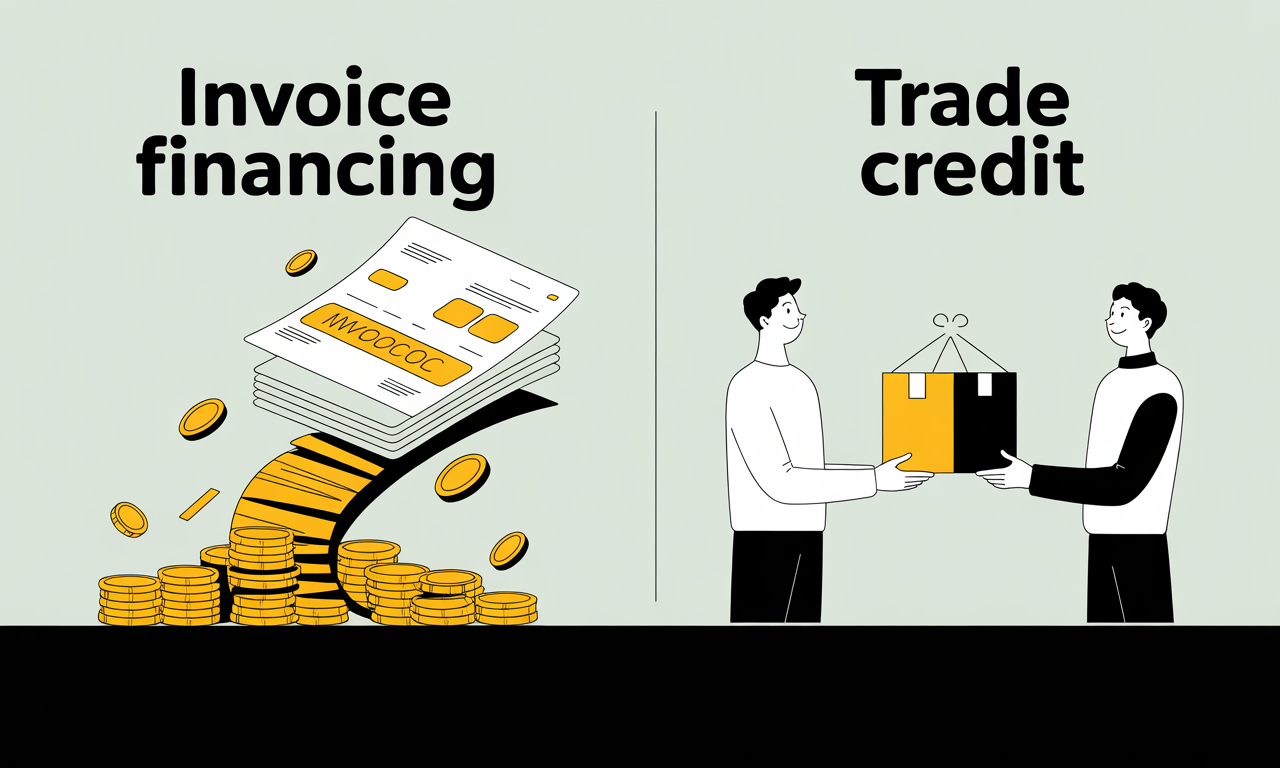
Smart Cash Flow: How UAE Businesses Use Debt to Grow
Wed Oct 08 2025
1 min read
Debt is a tool. Used well, it helps growth, smooths seasonality, and protects ownership.
UAE seasonality:
- Peaks: Ramadan, Eid, DSF, tourism periods
- Slows: post-peak and summer
- Cash gaps: inventory and marketing spend before revenue arrives
Smart debt framework:
- Pick growth levers with clear ROI (inventory turns, CAC payback, LTV)
- Map cash timing needs by lever
- Match products to purposes:
- RBF for marketing
- Working capital loans for inventory
- Invoice finance for B2B receivables
- Equipment finance for logistics/assets
- Set guardrails: payments under safe thresholds; keep 2–3 months cash
- Review monthly and adjust
When to borrow:
- 60–90 days before peaks
- 30–45 days before big campaigns
- Before visible cash stress
- During supplier term negotiations
Stacking finance:
- Base: low-cost bank line for working capital
- Flex: RBF for variable spend
- AR: invoice finance for receivables
- Asset: equipment/vehicle finance
- Emergency: small revolving backstop
Risk management:
- Scenario planning (best/base/worst)
- Fix rates where possible
- Hedge currency if importing
- Monitor covenants and headroom
Track effectiveness:
- ROI vs cost of capital
- CAC and LTV/CAC
- Gross margin and contribution margin
- CCC and inventory turns
- DSCR and liquidity runway
UAE tactics:
- Islamic structures for cost and compliance
- POS/e-commerce data to speed underwriting
- Supply chain finance to extend DPO without hurting suppliers
- Seasonal repayment schedules
Build your plan:
- 12–24 month financing roadmap
- Clear policy for debt limits and uses
- Monthly lender updates; quarterly packs
- KPI dashboards and alerts
Key takeaways:
- Borrow with purpose
- Time drawdowns to peaks
- Diversify sources
- Measure ROI rigorously
- Maintain buffers and lender trust
Used carefully, debt amplifies growth and stabilizes cash flow across UAE’s seasonal cycles.








